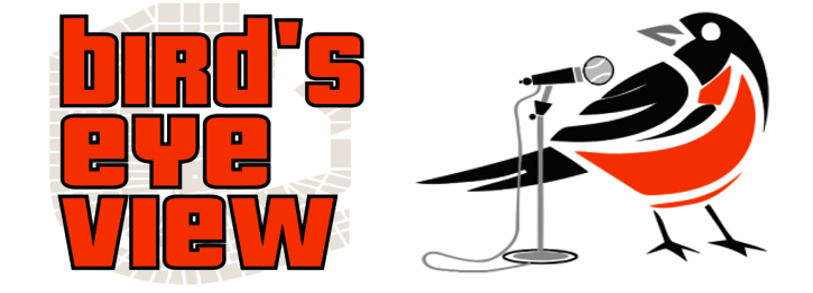Command & Conquer: Bud Norris And Walk Rate
Back in November, I discussed potentially trading Bud Norris for some necessary pieces that were missing both in the infield and outfield for the Baltimore Orioles. With the signings of Travis Snider and Everth Cabrera, the Orioles were able to avoid this issue and maintain Norris.
Upon entering into Spring Training, there was no concern that Norris would be the #3/#4 Starter in the rotation with the final spot being filled by Jimenez, Gausman, or Gonzalez. However, Norris has unexpectedly been disastrous in Spring Training.
Most folks will be quick to point out that it’s just Spring Training and the stats don’t matter. However, there has been discussions recently (The Economist) that these stats may matter slightly especially in terms of strikeouts and walk rates for pitchers. Norris has shown particular issue this spring with his command and it could be a troubling sign. Norris posted a career low BB/9 rate (2.83). While most projection models were forecasting a slight regression (3.14 BB/9 per ZIPS), these numbers should signal a bit of concern.
Further proof of the command issues can be seen with examination of his strike percentage, which is down from 63.9% last season to 59.8%. Norris has displayed a much higher strike percentage in Spring Training in 2013 (78.9%) and 2014 (78.2%).
However, it’s not just command of pitches that is of concern but the ways balls are currently being fielded for outs. Norris is currently yielding more flyball outs via his GO/AO (.71) compared to 2014 (.89). This higher flyball percentage is of concern as it should yield more home runs over the season. Norris posted higher than career averages in this stat in both 2013 and 2014 during Spring Training.
Upon the Orioles trading for Norris, many believed he’d be destined for the bullpen with the Orioles prospects to be promoted. However, Norris performed exceptional in 2014 due to mixing in use of a better performing change-up. Particular importance should be placed on the use of the change-up against left-handed hitters whom Norris has had difficult with during his career. Norris reliance on his slider (one of his best pitches of his career) continued to serve him as an out pitch (18.5 Whiff%). At age 30, command of his off-speed and breaking pitches will be key to his success in 2015 as it was in 2014. If that pitch is falling further outside of the zone, batters will become more patient at the plate allowing for a higher walk rate and reduced IP per start.
If Norris loses command of these pitches, he would return to being a three pitch starter. This reduction in his pitch selection would make it more difficult for him as he turns over the lineup. Three pitch starters are more likely to see success out of the bullpen especially with reduced velocity, which can be expected with Norris’s age.
The Orioles will have to be careful with Norris as the rest of this Spring Training progresses. If Norris can’t command his pitch selection like he did in 2014, than it might be time to move him into a bullpen position in the future. He could likely be an effective late inning option similar to Tommy Hunter. However, the Orioles will be paying him $8.8 Million in his final year of arbitration. It may be difficult for the Orioles to swallow that commitment to him for the given role. As such, it’s still possible that Norris could end up being traded early in the season if he continues to struggle.
